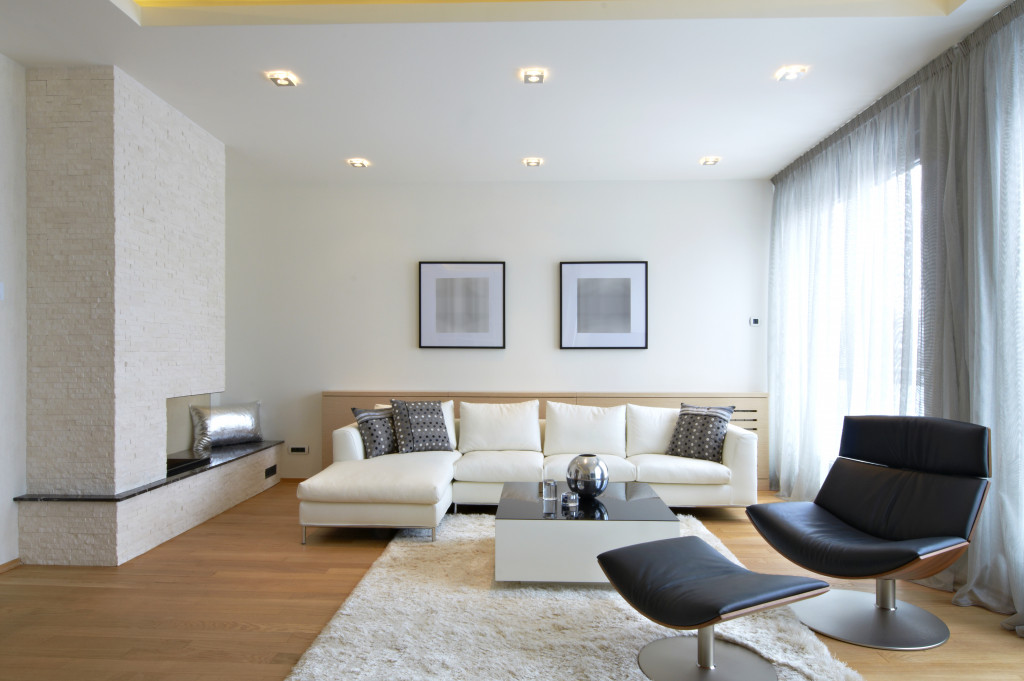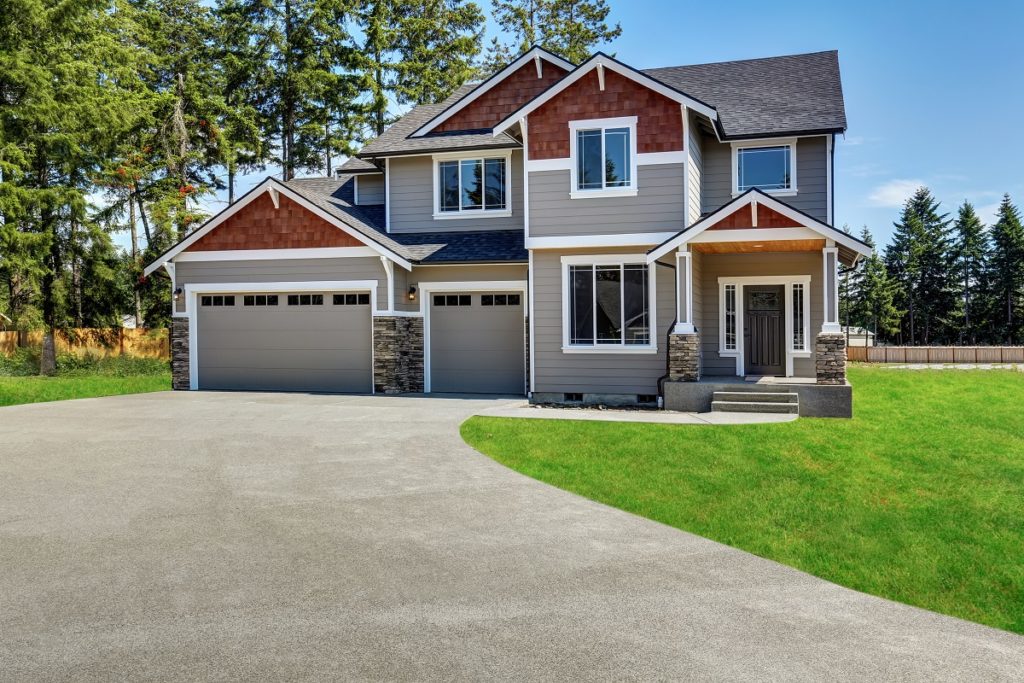In the United States, green construction is one of the profitable facets of the construction industry. Such construction projects both for residential and commercial clients adhere to the standards set by the Leadership in Energy and Environmental Design (LEED), which is managed by the United States Green Building Council (BGC). As LEED states, the main goal is to create more “healthy, highly efficient, and cost-saving green buildings.”
According to Statistica, the number of green construction projects that are certified by LEED rose from 296 in 2006 to more than 67.2 thousand in 2018. Americans prefer living in green homes for a variety of reasons. As Statistica reported, 64 percent of them say that their main goal is to lower their energy use. On the other hand, 35 percent of them say that their main goal to reduce their water consumption.
There are many more reasons. But there’s one thing that helps a lot in building successful green homes. And that is technology. Yes, high-tech software and hardware are not crucial to living in an eco-conscious home. But they certainly help. These are four examples of technologies that we could have in our own homes. Perhaps, with them, we could also get LEED-certified.
Heating, Ventilation, and Air-conditioning Systems
When we ask people what would help in our energy consumption and carbon emissions, they would say that we should reduce our energy consumption. The logic behind it is basic and common knowledge. If we use less electricity, then we would use less energy that’s produced by fossil fuels. And by reducing our use of fossil fuels, we are lowering our carbon emissions and negative impact on the planet. And many people would also say that one of the things that could cut our energy consumption is our heating, ventilation, and air-conditioning (HVAC) system.
Sure, we would love to have our windows wide open all day to let fresh air in. But it’s not that easy. For one, it could get very, very cold and risk hypothermia right in our homes. Thus, cranking up the heat is a matter of life and death for some. But there are alternatives to traditional HVAC systems. One of them is a geothermal heat pump. This system is buried underground, where temperatures are warmer and more stable. And this heat gets transferred to the home. All we’ll need to do is to ensure that the air ducts are always clean so that the heat circulates properly around the house.

Water Conservation and Heating
Water shortage is among the most pressing environmental issues that the world is facing. We may not feel it right now in the United States. And it’s because we still get to enjoy properly flowing water from our taps. But in other countries, water shortage is a very real and impactful problem. India, particularly the City of Chennal, residents struggle together with the lack of access to water. The same problem exists in South Africa. Cape Town was able to avoid “Day Zero” of water shortage but only narrowly. One of the biggest causes of water shortage is leakage. But with the right equipment and proper maintenance, we could help avoid this problem.
Fortunately, there are technologies out there that help with water conservation at home. Among them are the creations of Flo by Moen Features. Through smart technology, homeowners can get quick alerts if there are any leaks at home. Our taps can also automatically shut off in emergencies to any future plumbing problems.
Solar Power Energy Sources
As mentioned before, much energy consumption leads to the burning of fossil fuels that are very harmful to the planet. So one of the biggest solutions to this is turning to renewable energy sources. Among them is solar. Unfortunately, not all homes are properly equipped for solar energy. There’s much work to be done and much equipment to invest on before our homes can have access to solar energy. In fact, some homes aren’t even fit for solar panel installations.
Fortunately, there are other possible sources for solar energy other than the panels. One great example is a solar power bank. We can use this to charge our phones and laptops. It can also be an emergency energy source.
It has never been easy to create an eco-friendly home. Yes, we can do it by making small changes such as recycling and composting. But we can always take it up a notch to help the environment more. And that’s where the hard part comes. Fortunately, though, there are many technologies out there that can help us with our dedication to green living. We just need to find the technologies that fit our homes and lifestyles the best.




